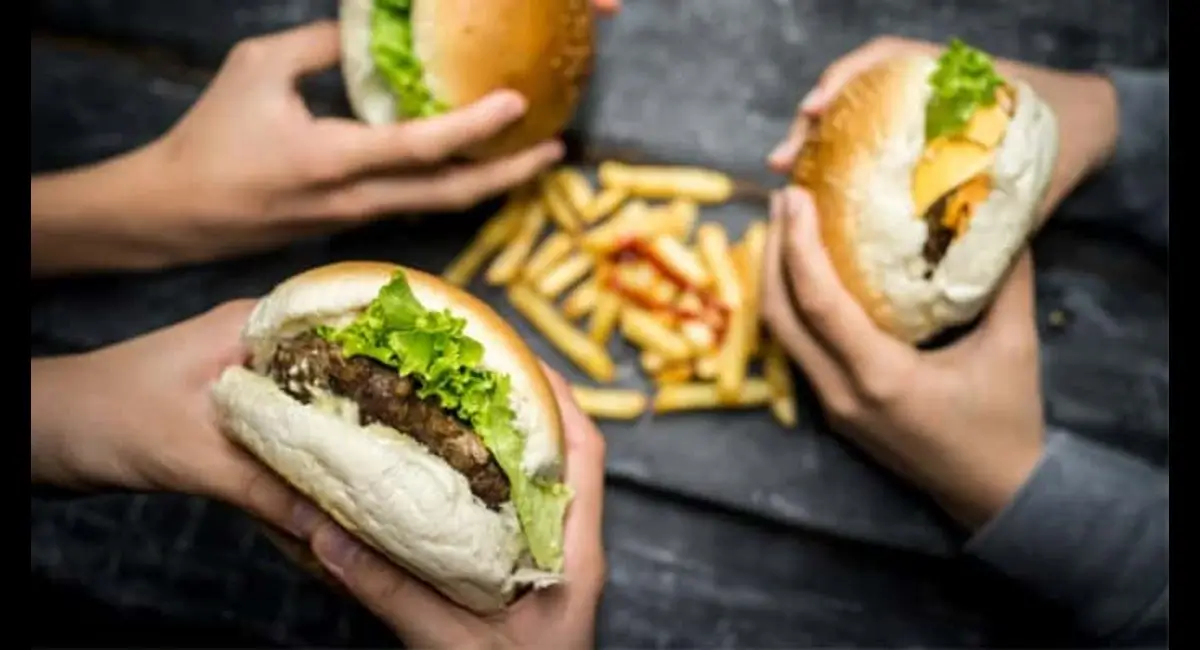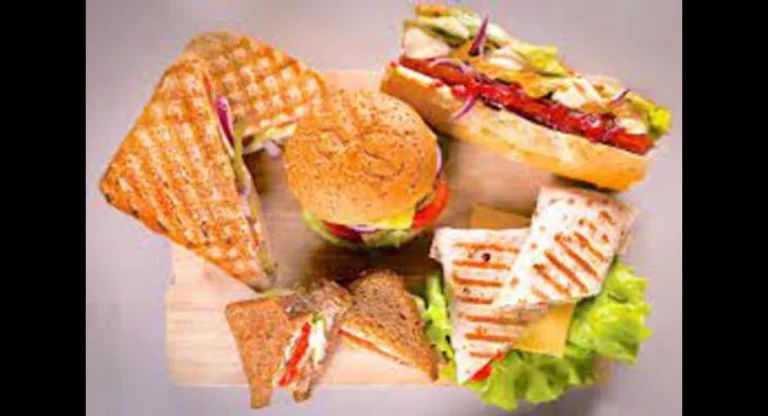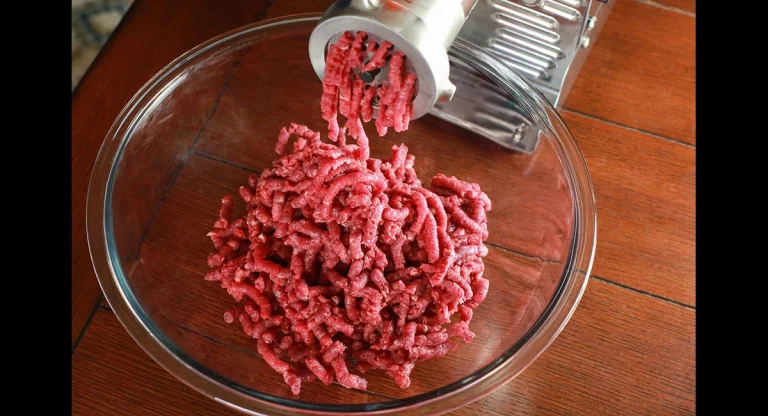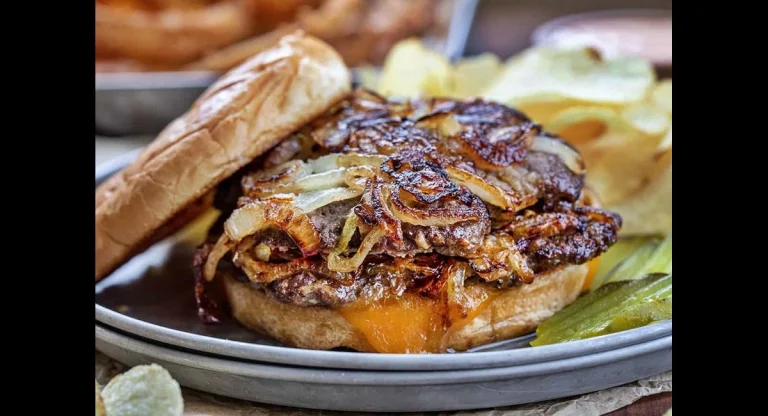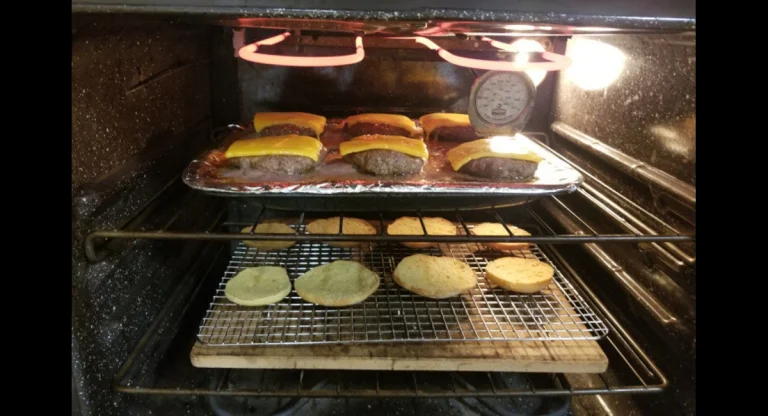How to Cook Frozen Burger
Frozen burgers are a convenient solution for quick meals, especially when you’re short on time or ingredients. Although they aren’t as fresh as homemade patties, they can still deliver a satisfying meal. This guide will walk you through various methods of cooking frozen burgers, ensuring they are juicy and flavorful, whether you choose to grill, fry, or bake.
Understanding Frozen Burgers
Cooking burgers straight from frozen is possible, but it may require more time than using thawed patties. Cooking frozen burgers can also lead to uneven cooking if not monitored closely. Below, you’ll find detailed steps for five popular cooking methods, along with additional tips for achieving the best results.
Cooking Methods for Frozen Burgers
| Method | Description | Cooking Time | Best For |
|---|---|---|---|
| Stovetop | Searing in a skillet for maximum flavor and juiciness. | 10-14 minutes | Quick, flavorful burgers |
| Microwave | A fast option that can yield good results with the right techniques. | 6-8 minutes | Time-crunched meals |
| Grill | Adds a smoky flavor; ideal for outdoor cooking. | 15-20 minutes | Outdoor barbecues |
| Oven | Convenient for cooking multiple burgers at once with even heat. | 20-25 minutes | Batch cooking |
| Air Fryer | Uses hot air for crispy burgers without excess oil. | 10-13 minutes | Healthier option |
Method 1: Cooking Frozen Burgers on the Stovetop
- Heat the skillet over medium heat.
- Add the frozen patties, seasoning both sides with salt and pepper.
- Cook for 5-7 minutes on each side, flipping only once.
- Check the internal temperature with a meat thermometer (should reach 160°F/71°C).
- Assemble the burger with your preferred toppings.
Method 2: Preparing Frozen Burgers in the Microwave
- Place paper towels on a microwave-safe plate and arrange the patties in a circular pattern.
- Cover with plastic wrap, ensuring it doesn’t touch the patties.
- Puncture holes in the patties and microwave on medium-high for 6-8 minutes.
- Check the internal temperature (should reach 160°F/71°C) before serving.
Method 3: Heating Frozen Burgers on a Grill
- Preheat the grill to high heat.
- Season the patties with salt and pepper.
- Cook for 15-20 minutes, flipping every 2-3 minutes until cooked through.
- Toast buns on the grill for added flavor before assembling.
Method 4: Preparing Frozen Burgers in the Oven
- Preheat the oven to 425°F (218°C).
- Season patties with spices and place on a wire rack over a baking sheet.
- Bake for 20-25 minutes, checking the internal temperature.
- Add cheese during the last minute if desired.
Method 5: Cooking Frozen Burgers in an Air Fryer
- Preheat the air fryer to 400°F (204°C).
- Season the patties and arrange them in the basket.
- Cook for 10-12 minutes, flipping halfway through.
- Add cheese for the last minute of cooking before serving.
Additional Tips for Cooking Frozen Burgers
- Use a meat thermometer to ensure patties reach 160°F (71°C).
- Cook on medium heat to prevent drying out the patties.
- Poke the center of the patties to check for doneness; they should feel firm.
- Avoid overcooking to retain juiciness; look for a uniform brown color inside.
Nutritional Information for Frozen Burgers
| Nutrient | Details |
|---|---|
| Caffeine Content | Contains about 100-200 mg of caffeine per typical serving. |
| Antioxidants | Rich in antioxidants that combat free radicals in the body. |
| Metabolism Boost | Caffeine can enhance metabolic rate and aid in weight management. |
| Low Calorie | Can be a low-calorie option when made without added sugars or cream. |
Flavor Enhancements for Frozen Burgers
| Enhancement | Details |
|---|---|
| Flavored Syrups | Add flavored syrups like vanilla, caramel, or hazelnut for a delightful twist. One tablespoon can transform the drink into a dessert-like indulgence. |
| Sweeteners | Adjust sweetness using sugar, honey, agave syrup, or sugar substitutes like stevia or monk fruit. Consider adding sweeteners to taste. |
| Milk Alternatives | Substitute regular milk with options like almond milk, oat milk, coconut milk, or soy milk for a creamy texture without dairy. This adds unique flavors and creaminess. |
| Spices | Enhance the coffee’s flavor profile with spices like cinnamon, nutmeg, or a pinch of salt. These can add depth and warmth to the drink. |
| Indulgent Toppings | For an extravagant treat, top your cold coffee with whipped cream, chocolate shavings, or even a scoop of ice cream. This transforms your beverage into a luxurious dessert. |
Frequently Asked Questions
Can I Cook Frozen Burgers Without Thawing Them First?
Yes, but thawing them first is recommended for more even cooking.
Do I Need to Add Oil When Cooking Frozen Burgers?
No, the natural fat in frozen burgers typically prevents sticking, but a little oil can enhance flavor.
What Happens if I Overcook a Frozen Burger?
An overcooked burger will be dry, tough, and less juicy. Avoid eating it if it’s overcooked.
How Long Do Frozen Burgers Take To Defrost?
Usually, 12 to 24 hours in the refrigerator. Keep them wrapped in plastic or foil during defrosting.
How Do I Know When My Frozen Burger is Fully Cooked?
The internal temperature should reach 160°F (71°C), and the juices should run clear, not red.
Can I Add Cheese to My Frozen Burger?
Yes, add cheese during the last minute of cooking for a melty topping.
What Are the Best Toppings for Frozen Burgers?
Popular toppings include lettuce, tomato, onion, pickles, ketchup, mustard, and barbecue sauce, but feel free to customize to your taste!
How Can I Enhance the Flavor of My Frozen Burger?
Use a variety of seasonings like garlic powder, onion powder, or even barbecue sauce for a flavor boost.
Should I Flip My Burgers Frequently While Cooking?
It’s best to flip burgers only once during cooking to keep them juicy.
What Should I Serve with Frozen Burgers?
Frozen burgers pair well with fries, salads, or grilled vegetables for a complete meal.
Conclusion
Cooking frozen burgers is a straightforward process, but attention to detail is essential for achieving the best results. By following the methods outlined above, you can enjoy juicy, flavorful burgers without the fuss. Remember to use seasonings, check internal temperatures, and consider adding your favorite toppings for a satisfying meal.

